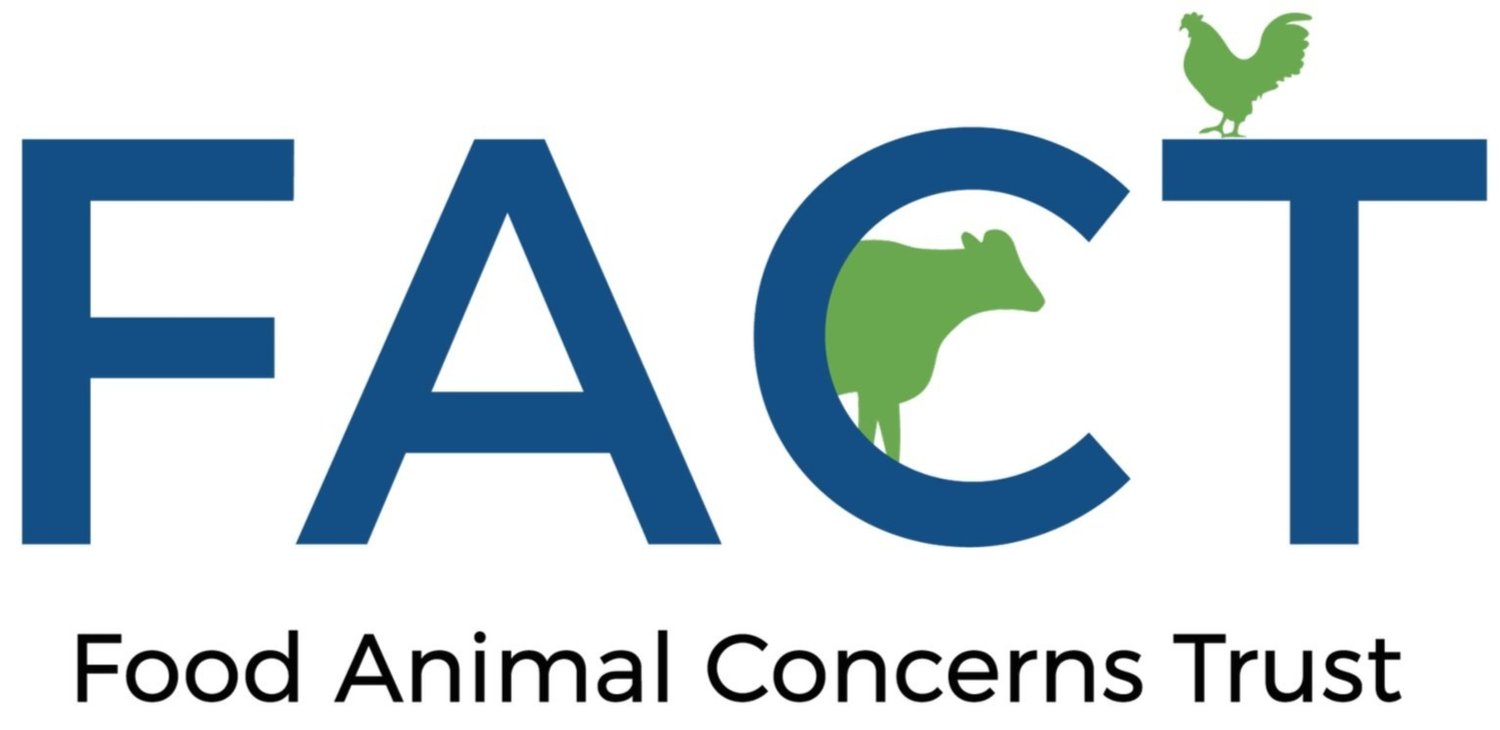USDA Says the Beef is There, so Where are the Restaurants?
Subway, Taco Bell, and McDonald’s committed to reducing antibiotics in their beef supplies, and the USDA says the beef supply is there. So why aren’t the companies meeting their commitments?
Fast food giants Subway, Taco Bell, and McDonald’s have all committed to reducing the amount of antibiotics used to produce the beef served in their restaurants. The U.S. Department of Agriculture (USDA) reports that more than a third of U.S. beef cattle do not receive any antibiotics in feed, which is by far the route where cattle get the most antibiotics. McDonald’s backtracked on a commitment to reduce use in 2022, while Subway and Taco Bell have committed to reducing use by this year (2025). If the USDA report is correct, this creates a perfect opportunity for these companies to meet their commitments and potentially help them move the other two-thirds of the beef feedlot industry to stop giving cattle antibiotics in feed. This would greatly reduce antibiotic overuse in this sector and in industrial agriculture in general. Ranchers could continue to treat sick animals by injection, but the huge amount of antibiotics given in feed would be eliminated. Food companies could help protect their customers and communities from resistant infections and increase the appeal of their products.
Subway, in 2015, committed to serving only meat raised without antibiotics (RWA) by 2025. Subway met the commitment for chicken in 2016 and met it for turkey in 2020 when they began serving turkey raised without medically important antibiotics (RWMIA). Since then, it has shifted to RWMIA for chicken as well. While “by 2025” is ambiguous, Subway has not made any announcements yet about its transitions for beef and pork.
McDonald’s, in 2018, committed to reducing the overall use of medically important antibiotics in its global beef supply, with reduction targets in place by the end of 2020 and with reporting against those targets by 2022. The company missed the 2020 deadline and, in 2022, walked back the commitment to reduce antibiotic use, replacing it with a commitment to meet responsible use targets that likely are above typical use on a U.S. feedlot or dairy.
Taco Bell, in 2019, committed to reducing the use of medically important antibiotics in its US and Canada beef supply chains by 25% by 2025. In 2024, Yum Brands, the parent company of Taco Bell, released an updated report on antibiotic use in animal agriculture, but did not discuss the company’s progress towards the 25% reduction goal.
All three companies have commitments to reduce antibiotic use across their beef supply chains with deadlines this year or earlier. Purchasing beef from feedlots that do not use antibiotics in feed would be an ideal way to meet these commitments, since by far most antibiotics given to beef cattle are included in feed.
It just so happens that USDA reports indicate that well over a third of beef raised in the U.S. is not given antibiotics in feed. We are skeptical that the number is so high, but when we spoke to the USDA staff behind the report, they believe it to be correct. A large number of the smaller feedlots (65.4%) do not use antibiotics in feed, but it may be hard for restaurant chains to purchase beef raised on these smaller feedlots. However, even for the larger feedlots with over 1000 cattle - where most beef cattle in the US are raised - about 35% of these feedlots do not give feed antibiotics. (See USDA APHIS, Management Practices on U.S. Feedlots, 2021, page 54). The 2022 Census of Agriculture (Table 14) found that about 80% of cattle are raised on feedlots with over 1000 head of cattle. If 35% of these cattle are raised without antibiotics in feed, as reported by the USDA, then 28% of U.S. beef cattle are from large feedlots where antibiotics are not fed. That is over 4 million cattle raised without any antibiotic feed additives, and this does not include another million cattle raised on the smaller feedlots.
The USDA report that covers antibiotic use on feedlots finds that far fewer cattle are marketed under claims related to reducing antibiotic use (8.4%) than are raised without antibiotics in feed. One of the claims mentioned in the report is for ranchers raising cattle for the restaurant chain Wendy’s, which requires them to reduce the cattle feed antibiotic tylosin by 20%. Wendy’s has committed to ending routine antibiotic use in its beef and pork supply chain by 2030. Like the other restaurant chains, if the USDA data is good, there is no need to wait for 2030, they just need to buy beef from the feedlots that have already eliminated antibiotic use in feed or convince their suppliers to do whatever those feedlots are already doing, since most routine use is feed use.
FACT will be reaching out to these companies this fall to discuss their existing commitments and to encourage them to seek out beef produced without feed antibiotics.

